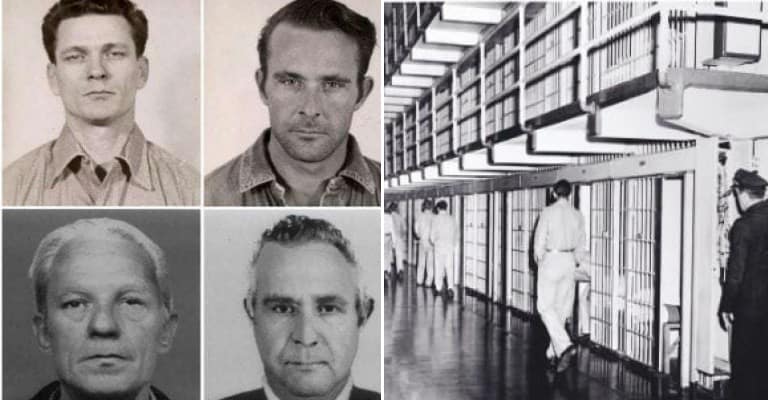In X-Men: The Last Stand, a subject of national controversy is a little boy who, though a mutant, has the unique power of taking the special abilities of mutants away from them. The government uses him to create a “cure” for mutants so that they no longer pose a threat to national security. The little boy is of such importance that he is held at one of the greatest maximum-security prisons in the world: Alcatraz. A battle ensues in which not only the prison but much of the island on which it sits is destroyed.
There is a reason why Alcatraz has found its place in history as the most notorious maximum-security prison: it was the site of a prison break that, by all accounts, shouldn’t have happened. The band of career criminals that conspired together to pull it off had a history with each other, and all were known to be security risks. However, Alcatraz was supposed to be escape-proof, so no one paid attention. Keep reading to learn more about the notorious penitentiary.
16. “The Rock”

Alcatraz prison, colloquially referred to as “the Rock,” was located off of San Francisco Bay on a barren island. It initially served as a military prison and garrison throughout the 1800s, especially during the Spanish-American War and Civil War. In 1934, the Federal Bureau of Prisons acquired the island to use as a maximum-security prison. Its isolation and difficult access made the site ideal for housing some of the worst criminals in the country. Among other notorious criminals who spent time on the Rock include the notorious gangster Al Capone, along with Whitey Bulger and Frank Banghar.
Alcatraz was considered a “final destination” for criminals who would never again be released back into society. Those who lived there had nothing to lose, so there were at least 36 prisoners who attempted to escape. In one escape attempt, known as the “Battle of Alcatraz,” some prisoners started a riot, leading to the deaths of three prisoners and two officers. The riot didn’t end until the United States Marines arrived. There has only been one escape attempt that may have been successful, the notorious “escape from Alcatraz” by Frank Morris and brothers John and Clarence Anglin. We still don’t know for sure if they actually did get off the Rock.

